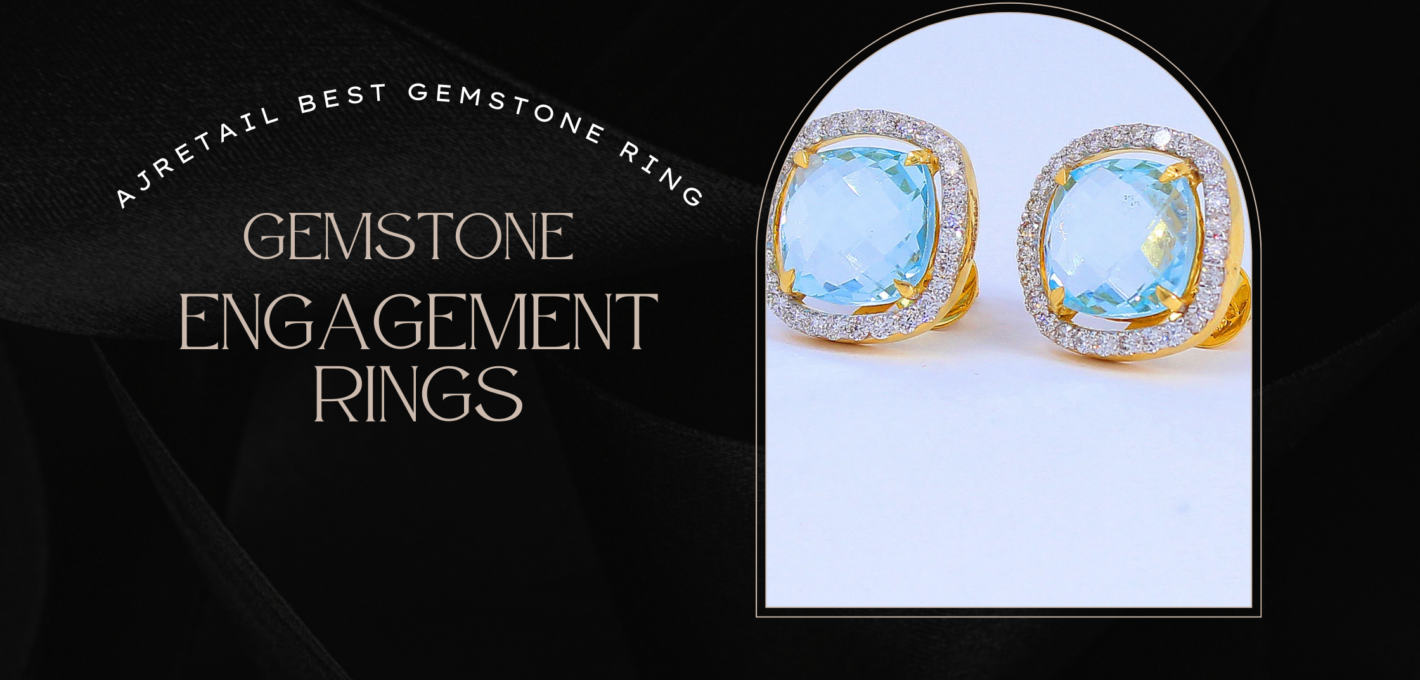
How Ajretail describe about Lab Grown Diamond?
It’s all about Lab grown diamond as synthetic, cultured, or man made diamonds are produced in a controlled technological process as opposed to natural diamonds.
Lab-grown diamonds have the same crystal structure as natural diamonds and are chemically, physically, and optically identical to them. They possess the same famous Mohs hardness of 10 and are just as durable as natural diamonds, but are generally more affordable.
There are two main processes used to create lab-grown diamonds: High Pressure High Temperature (HPHT) and Chemical Vapor Deposition (CVD). HPHT diamond growth occurs at pressures of 5-6 GPa (roughly 725,000 PSI) and temperatures of around 1500°C, which is similar to the conditions that natural diamonds.
CVD involves the use of a hydrocarbon gas mixture in a vacuum chamber to grow diamond crystals. Lab-grown diamonds have been in production since the mid-1950s, and their production has increased in recent years due to advances in technology and consumer demand for ethically and environmentally conscious options in the diamond industry.
Lab-grown diamonds, also known as cultured or synthetic diamonds, are man made diamonds that have the same chemical and physical properties as natural diamonds.
The only difference between lab-grown and natural diamonds is their origin; one is created by Mother Nature over billions of years, while the other is grown in a laboratory within a few weeks.
The process of creating lab-grown diamonds involves replicating the conditions that occur within the Earth’s mantle.
The result is a diamond that is chemically, physically, and optically identical to a natural diamond. Lab-grown diamonds have the same hardness, brilliance, and fire as natural diamonds and are graded using the same criteria.
They are also available in a range of shapes, sizes, and colors, including colorless, yellow, pink, and blue.
One of the most significant advantages of labn diamonds is their ethical and environmental credentials. Natural diamond mining can be a controversial and environmentally damaging process, often involving unsafe working conditions and exploitation.
In contrast, lab-grown diamonds are created in a controlled environment, using renewable energy sources and with minimal impact on the environment.
Lab diamonds are also more affordable than their natural counterparts, with prices typically 20-30% lower. This makes them an attractive option for couples looking for a high-quality certified diamond engagement ring without breaking the bank.
In conclusion, lab diamonds are a fantastic alternative to natural diamonds. They offer the same beauty and durability while being more ethical, sustainable, and affordable.
If you’re looking for a stunning and meaningful piece of jewelry, consider choosing a lab diamond.


